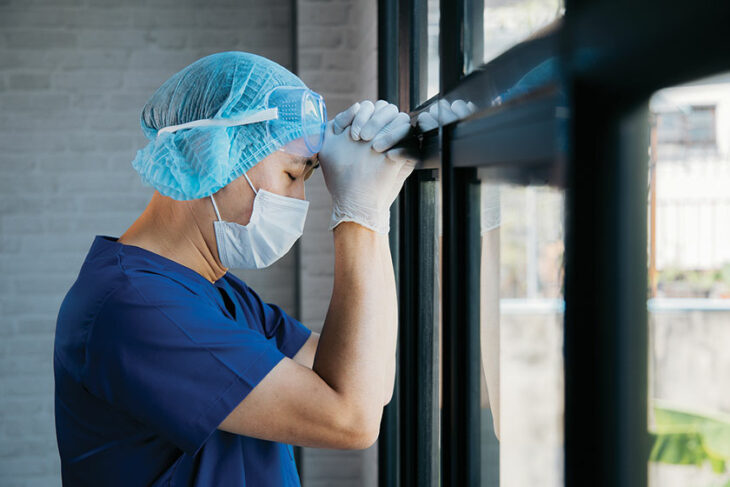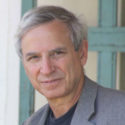COVID has affected everyone’s life, from job changes to remote learning to mask wearing in public. Perhaps the most impacted have been health care workers. When COVID first hit our emergency room, a complete shakeup came down, from protocols to our very dress, with physicians and nurses outfitted in spacesuit attire.
Anne Musgrove is the director of advanced practice at Memorial Hospital of Gulfport. At the pandemic’s onset, she was tasked with developing the hospital’s community-based response to the crisis. She had to determine how to set up clinics and programs to deal with all these new patients.
Here was a whole new disease without established protocols. New orders and diagnostic and treatment protocols had to be established. She found herself working 15 hours a day, seven days a week, researching blogs and forums and consulting with infectious disease specialists. Her teenage children were tasked with taking care of the household, including shopping for groceries, preparing food and doing laundry.
Anne leaned heavily on her assistant, Kristian Spear, who already had a full plate. Kristian has young children, whom she home schooled. Adding the responsibilities of managing the county-wide response to this pandemic burdened her with late hours as well as the two developed the plans for outpatient clinics.
At first, they set up outpatient testing centers where the hospital already had walk-in clinics, at Cedar Lake in Biloxi, on Broad Street in Gulfport and on Beatline in Long Beach.
“We didn’t want to set up where private businesses might be bothered by having personnel walking in the parking lots dressed in full contagion resistance gear and scaring away their customers,” Anne says.
All these new clinics required staffing, and that soon became a major issue. Mississippi already had a nursing shortage. The stress of exposure to the potentially deadly virus precipitated many of the older, experienced nurses to take early retirement. Younger nurses left as well, enticed by high contract offers from states like New York and California where the COVID crisis was hitting hard.
Anne began closing some of the smaller walk-in clinics to use their staff for the testing and treatment clinics. The walk-in clinic at Tradition, off Highway 67, had experienced nurse practitioners. She had the walk-in aspect partially closed to use those nurses’ expertise in carrying out the reporting and scheduling.
Some of the nurse practitioners who hadn’t done bedside nursing in as long as 15 years had to be pulled into the hospital or the clinics. In the hospital, nurses were giving exhaustive efforts to try to keep COVID patients alive and despairing when they failed. These nurses, totally drained mentally, emotionally, physically and spiritually, had to go home and deal with their family demands: “With elective revenue down, we couldn’t even financially reward those who were giving so much.”
One of the issues Anne faced was finding answers to questions posed by the front-line nurses. One of the nurse practitioners in the testing clinic might ask, “How long after exposure to COVID could a patient with a negative test go back to work?” Anne would have to research and get back to the nurse as promptly as possible.
When the monoclonal antibodies treatment became available, Anne and Kristian had to set up that program as well, beginning in November of 2020. Its success saved many lives, but it also put more demands on the nursing staff; finding locations and trained nurses to provide the treatments was another challenge.
When you go by a clinic, and you see the cars filled with people waiting to be tested, think about the nurses and aides giving everything they can to help the community. It’s asking a lot of these staff to work outside in the heat, to work in situations they’re unfamiliar with, to deal with the dangers of a deadly disease. Without their devotion, where would we be?
Dr. Philip L. Levin is a retired emergency medicine specialist in Gulfport. Learn more or contact him at www.Doctors-Dreams.com.



